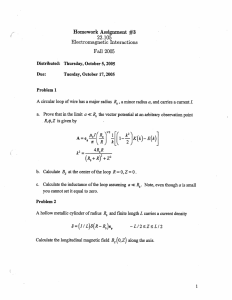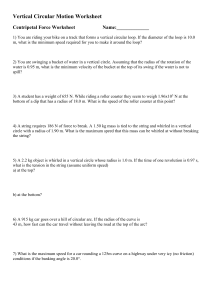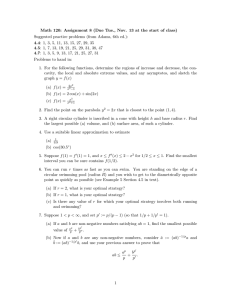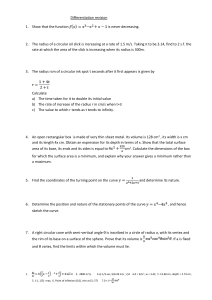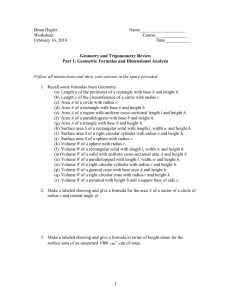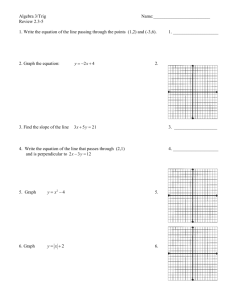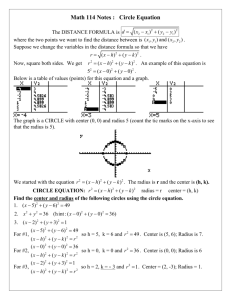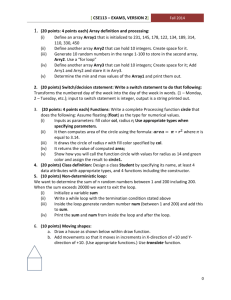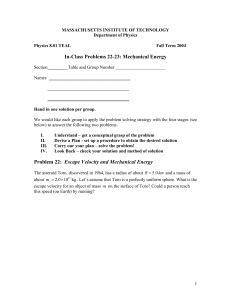ap physics
advertisement
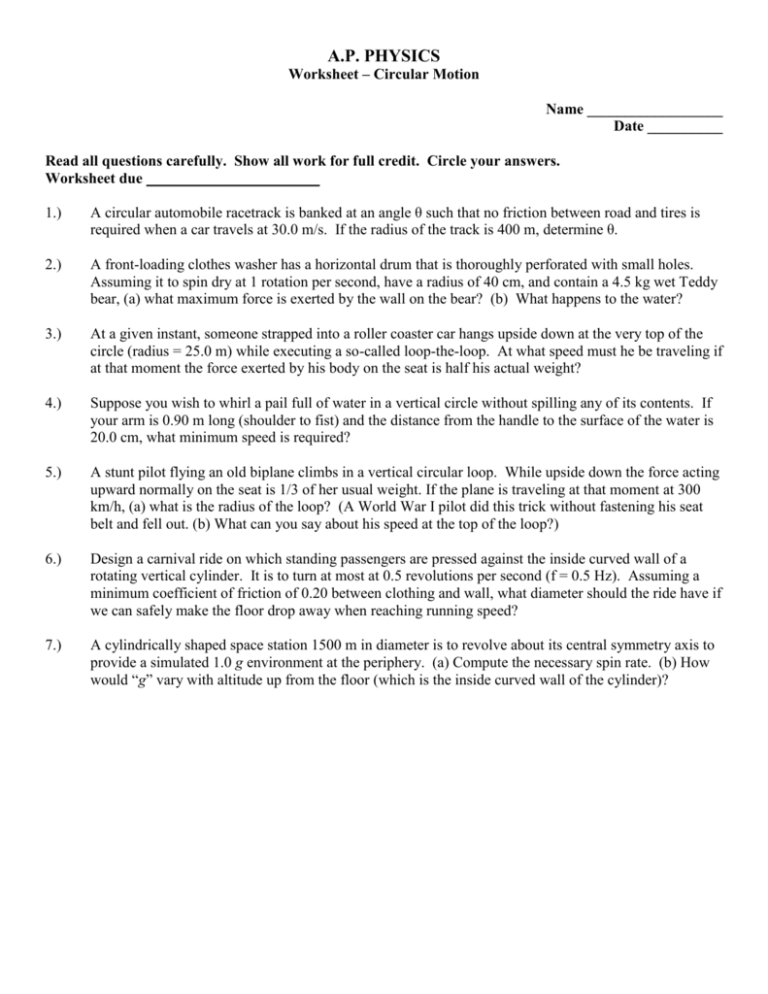
A.P. PHYSICS Worksheet – Circular Motion Name __________________ Date __________ Read all questions carefully. Show all work for full credit. Circle your answers. Worksheet due _______________________ 1.) A circular automobile racetrack is banked at an angle θ such that no friction between road and tires is required when a car travels at 30.0 m/s. If the radius of the track is 400 m, determine θ. 2.) A front-loading clothes washer has a horizontal drum that is thoroughly perforated with small holes. Assuming it to spin dry at 1 rotation per second, have a radius of 40 cm, and contain a 4.5 kg wet Teddy bear, (a) what maximum force is exerted by the wall on the bear? (b) What happens to the water? 3.) At a given instant, someone strapped into a roller coaster car hangs upside down at the very top of the circle (radius = 25.0 m) while executing a so-called loop-the-loop. At what speed must he be traveling if at that moment the force exerted by his body on the seat is half his actual weight? 4.) Suppose you wish to whirl a pail full of water in a vertical circle without spilling any of its contents. If your arm is 0.90 m long (shoulder to fist) and the distance from the handle to the surface of the water is 20.0 cm, what minimum speed is required? 5.) A stunt pilot flying an old biplane climbs in a vertical circular loop. While upside down the force acting upward normally on the seat is 1/3 of her usual weight. If the plane is traveling at that moment at 300 km/h, (a) what is the radius of the loop? (A World War I pilot did this trick without fastening his seat belt and fell out. (b) What can you say about his speed at the top of the loop?) 6.) Design a carnival ride on which standing passengers are pressed against the inside curved wall of a rotating vertical cylinder. It is to turn at most at 0.5 revolutions per second (f = 0.5 Hz). Assuming a minimum coefficient of friction of 0.20 between clothing and wall, what diameter should the ride have if we can safely make the floor drop away when reaching running speed? 7.) A cylindrically shaped space station 1500 m in diameter is to revolve about its central symmetry axis to provide a simulated 1.0 g environment at the periphery. (a) Compute the necessary spin rate. (b) How would “g” vary with altitude up from the floor (which is the inside curved wall of the cylinder)?
